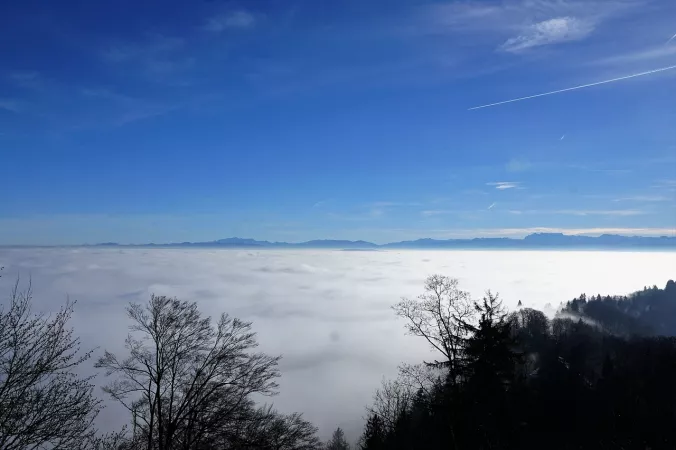
Yarab Tso Sumur Travel Guide
Yarab Tso Sumur, located in the mesmerizing region of Ladakh in India, is a hidden gem waiting to be explored. This destination is renowned for its breathtaking landscapes, rich cultural heritage, and spiritual significance. Nestled amidst the majestic Himalayas, Yarab Tso Sumur boasts a blend of natural beauty and tranquility that captures the hearts of all who visit.Top Attractions in Yarab Tso Sumur
1. Yarab Tso Lake 2. Samstemling Gompa 3. Sumur Monastery 4. Diskit Monastery 5. Hunder Sand DunesYarab Tso Sumur is Famous for
Its pristine Yarab Tso Lake, surrounded by snow-capped peaks and offering a serene escape from the hustle and bustle of city life.Top Attractions in Yarab Tso Sumur
- Yarab Tso Lake - Samstemling Gompa - Sumur Monastery - Diskit Monastery - Hunder Sand DunesWhat's Great about Travelling to Yarab Tso Sumur?
- Peaceful and serene atmosphere - Rich cultural experiences - Picturesque landscapes - Ideal for nature lovers and adventure seekers - Spiritual retreatWhat's Not So Great about Travelling to Yarab Tso Sumur?
- Limited accommodation options - Remote location may not be suitable for all travelers - Harsh weather conditions in winterTravel Tips for Yarab Tso Sumur
- Carry warm clothing and essentials for high-altitude travel - Respect the local culture and traditions - Acclimatize properly to avoid altitude sickness - Plan your transportation in advance - Stay hydrated due to the dry climateImportant Yarab Tso Sumur trip information
- Ideal Duration: A minimum of 2-3 days to explore the key attractions.
- Best Time to Visit: May to September for pleasant weather.
- Nearby Airports and Railway Stations: The nearest airport is Leh Kushok Bakula Rimpochee Airport, and the closest railway station is Jammu Tawi Railway Station.
FAQ's on Yarab Tso Sumur
Q1: What is the best time to visit Yarab Tso Sumur?
Yarab Tso Sumur is best visited during the summer months from June to August when the weather is pleasant and ideal for outdoor activities like trekking and sightseeing. The region experiences harsh winters, so it is advisable to avoid traveling during the winter months from November to February. The months of September to October are also a good time to visit as the weather is mild, and you can witness the beauty of autumn in the region.
Q2: Do I need a visa to travel to Yarab Tso Sumur?
require a valid Indian visa to enter the region, as it is a part of the Indian territory. Foreign nationals should check with the Indian embassy or consulate in their country for specific visa requirements and exceptions.
Q3: What are the must-visit attractions in Yarab Tso Sumur?
Yarab Tso Sumur is known for its stunning natural beauty and unique landscapes. Some of the must-visit attractions include the beautiful Yarab Tso Lake, the picturesque Sumur Village, the ancient Samstanling Monastery, and the stunning Nubra Valley. Travelers should also explore the sand dunes of Hunder and enjoy a double-humped Bactrian camel ride.
Q4: Is Yarab Tso Sumur a safe place to travel?
Yarab Tso Sumur is generally a safe destination for travelers. However, it is always advisable to take necessary precautions and be mindful of your surroundings. Avoid traveling alone at night and be cautious while trekking in remote areas. It is also recommended to check the current political and security situation before planning your trip.
Q5: What is the local currency in Yarab Tso Sumur and can I use credit cards?
The local currency in Yarab Tso Sumur is the Indian Rupee (INR). While credit cards are accepted in some hotels and larger establishments, it is advisable to carry cash for smaller purchases and in remote areas. ATMs are limited in the region, so it's recommended to withdraw enough cash in Leh before traveling to Yarab Tso Sumur.
Q6: What is the local cuisine like in Yarab Tso Sumur?
offers a unique blend of Ladakhi and Tibetan cuisine. Travelers can enjoy traditional dishes like Thukpa (noodle soup), Momos (dumplings), Butter Tea, and Tsampa (roasted barley flour). Due to the high altitude, it is essential to stay hydrated and eat light, easily digestible meals. Vegetarian and non-vegetarian options are available in most restaurants.
Q7: What transportation options are available in Yarab Tso Sumur?
Transportation in Yarab Tso Sumur mainly consists of shared taxis, private taxis, and rented cars. Public buses are limited, so most travelers opt for private transportation to explore the region. It's advisable to hire a local driver who is familiar with the terrain and road conditions. Motorbikes and bicycles are also popular options for exploring the scenic landscapes.
Q8: Are there any cultural norms or etiquette I should be aware of when visiting Yarab Tso Sumur?
When visiting Yarab Tso Sumur, it is important to respect the local culture and customs. Dress modestly, especially when visiting monasteries and religious sites. Seek permission before taking photographs of locals, and avoid pointing fingers or touching religious objects. It is customary to greet people with a traditional "Julley" and be mindful of local traditions and practices to ensure a respectful and enriching travel experience.
Q9: I am a travel agent. How can I buy travel leads of Yarab Tso Sumur?
Register yourself as a travel agent at agents.tripclap.com and then you can buy travel leads to Yarab Tso Sumur once your account is approved. For more details contact our support team at +91-8069186564 or support@tripclap.com
